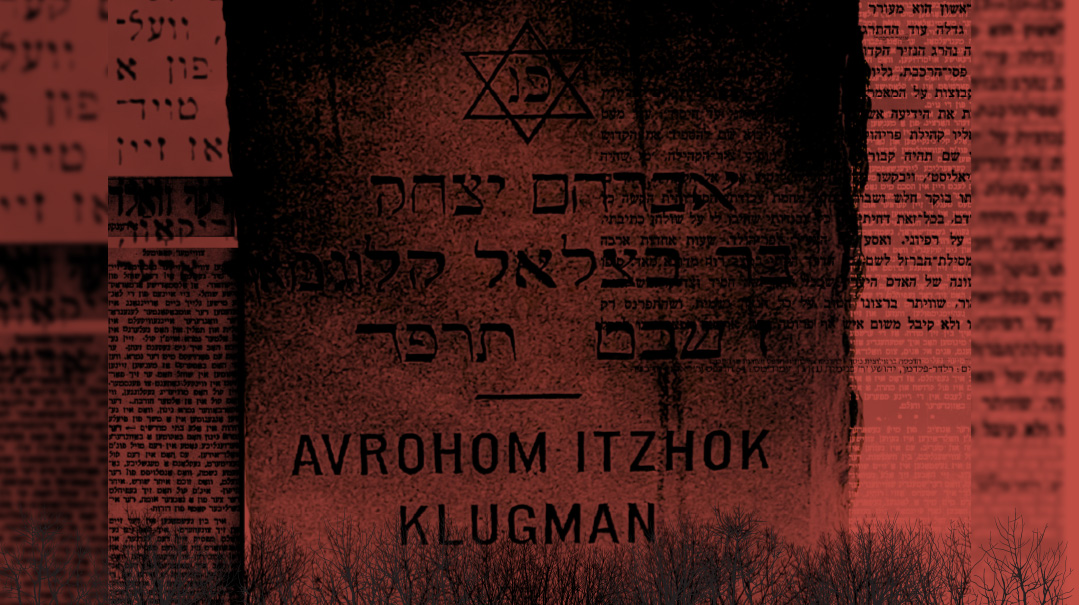Hidden in Plain Sight
| April 16, 2024Why have crowds begun to converge on an obscure grave in New Jersey?

For close to a hundred years, the grave in the Freehold cemetery stood forlorn. Why, then, have the crowds begun to converge on this obscure burial site now? The answer is in a recent revelation: It’s the final resting place of Rabbi Avraham Yitzchak Klugman, known during his lifetime as a filthy, eccentric vagabond who lived in the forest, but later discovered to be one of the hidden tzaddikim of the century
One frigid day in January, a small crowd gathered at the Freehold Hebrew Benefit Cemetery, 15 miles from Lakewood, New Jersey, at a small kever oddly situated on the periphery of the cemetery. From shkiah through the long, still night and into the next day, men bundled in long coats and gloves made their way over to whisper a kapitel of Tehillim. They traveled from as close as Lakewood and as far away as New Square to daven at a gravesite that had been situated there for exactly a century.
But for most of those 100 years, the kever stood forlorn, with nary a visitor, year after lonely year. Recently, though, reports began circulating: This was the burial site of an incredibly holy and pious Jew, Rabbi Avraham Yitzchak Klugman, known as the Hidden Tzaddik of Freehold.
As scarce details of his life started to emerge, people began to flock to Freehold to daven at the resting place of this unusual oved Hashem. The crowds grew so large that the cemetery’s owners erected a small tent with light refreshments nearby to provide respite from the brutal temperatures, as well as a noisy generator-powered light tower to illuminate the long, dark night.
Who is this tzaddik, and why are people flocking to his kever now?
Oops! We could not locate your form.







